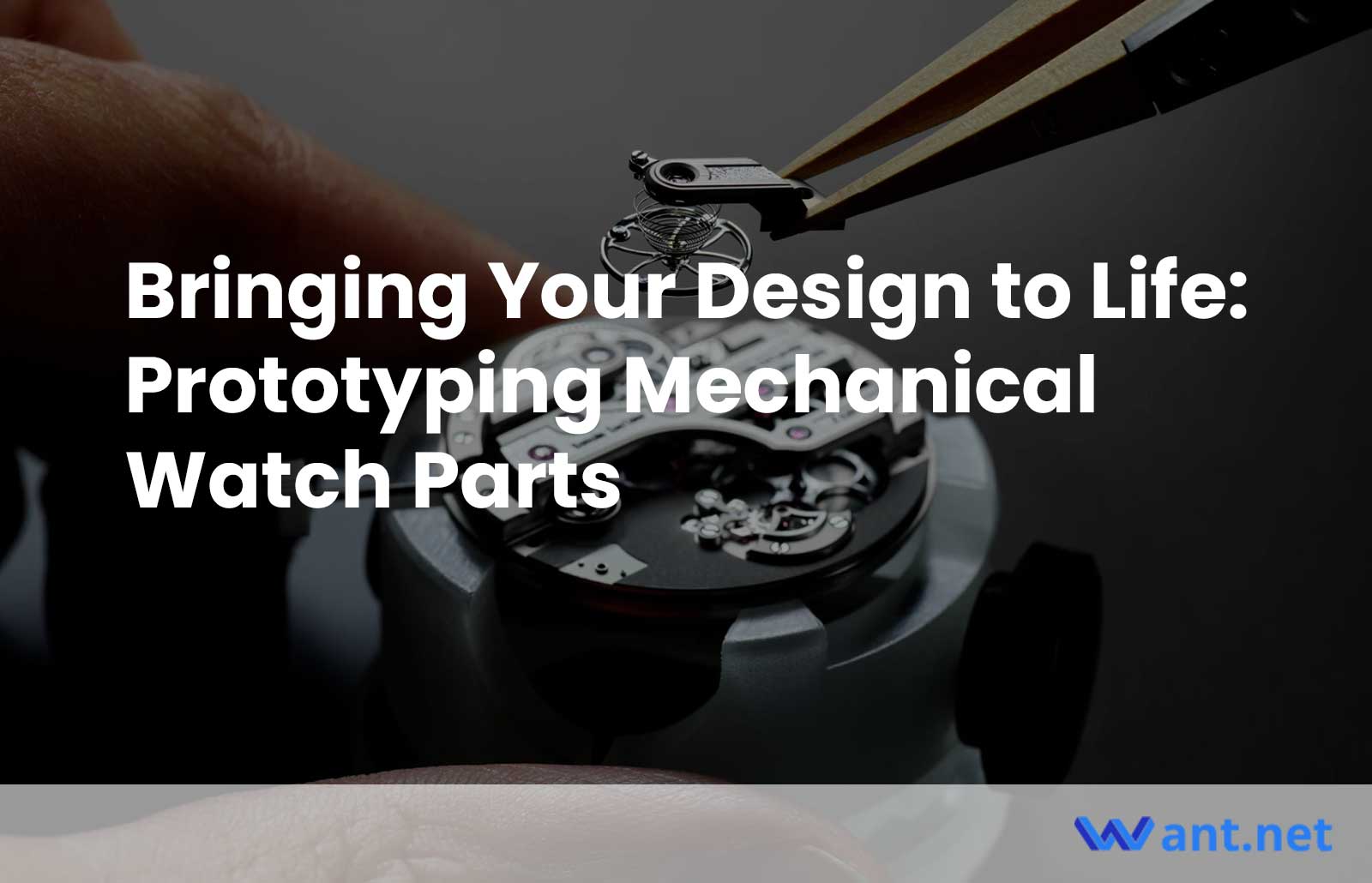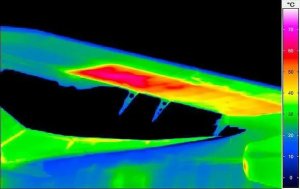When we think of mechanical watches, we envision intricate gears and precise automatic mechanisms. These tiny timekeeping marvels comprise over 100 delicate components meticulously assembled inside the watch dial.
The Art of Mechanical Watches

Precision is paramount in watch assembly. The slightest negligence during the intricate process can render a watch dysfunctional. Each part, although minuscule, plays a crucial role in achieving accurate timekeeping. In fact, the manufacturing process of mechanical watches rivals that of automobiles and aircraft crafts.
Components of a Mechanical Watch
Let’s delve into the components that make up a mechanical watch. The watch consists of various basic parts, including:
- Case: The outer shell that houses and protects the internal components.
- Crystal: The transparent cover that safeguards the dial and hands while allowing visibility.
- Dial: The face of the watch that displays the time.
- Bezel: The ring surrounding the dial, often used for aesthetic or functional purposes.
- Strap: The band that secures the watch to the wrist.
- Hands: The indicators that point to the hours, minutes, and seconds.
- Handle: The crown used for winding the watch and setting the time.
- Back Cover: The protective plate that encloses the movement.
- Movement: The heart of the watch, containing intricate mechanisms responsible for timekeeping.
The movement represents the core technology of a watch. Crafting a movement involves a series of precise and meticulous procedures, such as cutting, drilling, adjusting, deburring, and chamfering. These processes require more than simple machine tools. The gears and screws within the movement are incredibly small, demanding specialized tools and magnifying glasses for their production and assembly. Small precision combination machines are also utilized for joint processing.
Additionally, various other CNC machining processes contribute to the production of mechanical watches. These include diamond setting, polishing, heat treatment, electroplating, and more. The post-assembly adjustment of the watch is of utmost importance as it determines the timekeeping accuracy. Completing a fine watch, both in terms of labor and combined machine tools, is an exceptionally complex endeavor.
The Artistry of Mechanical Watch Polishing
Although mechanical watches are mechanical products, they transcend their functional purpose and become artifacts. A crucial aspect of this transformation lies in the meticulous polishing process. Through careful polishing of the internal parts, such as the barrel, balance wheel, escapement wheel, and other components, friction is significantly reduced, resulting in improved coordination between the parts.

The movement polishing process serves both an aesthetic and functional purpose. Common techniques employed include chamfering and mirror polishing. Chamfering involves cutting the edges to a precise 45° angle, followed by mirror polishing on the cut surfaces. The resulting bevel is incredibly small, measuring less than 1 mm. Once these parts are meticulously polished, they reflect light beautifully, further enhancing the watch’s allure. Other surface polishing techniques, such as brushing, contribute to the classic beauty of watches, adding a distinct style to their appearance.
The Ingenious Vibration Support System
The unique vibration support system is another remarkable aspect of mechanical watches. It owes its existence to the invention of the hairspring. This vital component allows for continuous vibrations within a constant cycle, coordinating with the balance wheel. The elastic deformation of the hairspring transforms the balance wheel’s movement from rotation to reciprocation, ensuring accurate timekeeping.
However, the balance spring system faces challenges during oscillation, such as friction and air resistance. Over time, the oscillation amplitude gradually diminishes, eventually causing the watch to stop. To overcome this, we wind the watch regularly, replenishing the energy of the balance spring system. When we are in a dynamic situation, the oscillation of the pendulum in the watch swings in a fixed direction. This swinging motion drives the winding mechanism in the movement’s barrel, effectively winding the watch. Fully automatic watches function similarly to semi-automatic watches but possess the added advantage of the pendulum winding the watch during motion, regardless of direction. This eliminates the need for manual winding, providing convenience to the wearer.
Craftsmanship Meets Personal Expression
Mechanical watches represent a fusion of refined taste and a meticulous life philosophy. They go beyond their basic timekeeping function and serve as personal expressions, showcasing one’s individuality. People seek watches that not only reflect their taste but also embody their personal image, including brand preference, design, color choices, and more. Each watch tells a unique story, overwhelming us with myriad possibilities.
If you aspire to design a watch that reflects your individuality but lack the means to manufacture the intricate parts, Want.Net is here to help. We specialize in turning your design ideas into reality, bringing your visual concepts to life. With our expertise in prototyping mechanical watch parts, we can assist you in creating a unique timepiece that embodies your personal style and vision. Let us be your partner in making your watch design dreams a reality.
Recommended Reads:
- Top 8 Features to Look for in CAM Software for CNC Machining
- How to Optimize Your CAD Models for CNC Machining
- The Top 3 CAD Software for CNC Machinists
- 8 Must-Know Features of CAD Software for CNC Machining
- CNC Plasma Cutters: 3 Hidden Secrets Only Experts Know
Other Articles You Might Enjoy
- What are the requirements for CNC machining of bearing parts?
Bearings are common and important parts in the automotive industry, which can support transmission components and transmit torque. Generally, CNC machining centers are used to process bearing parts. So what…
- Precision CNC Machining of Steel: High-Volume Production
Precision CNC Machining and High-Volume Production As an integral part of modern manufacturing processes, Precision Computer Numerical Control (CNC) machining brings about unmatched accuracy and consistency in the production of…
- Aluminum CNC Machining Service for Custom Parts
Aluminum CNC machining stands at the forefront of modern manufacturing, epitomizing precision, versatility, and efficiency. With its widespread applications across industries ranging from aerospace to automotive and beyond, aluminum CNC…









